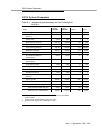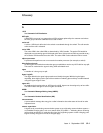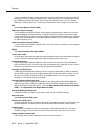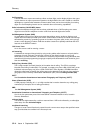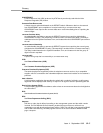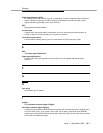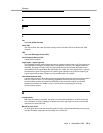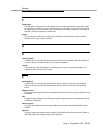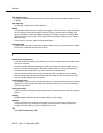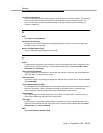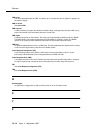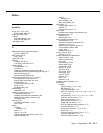
Glossary
GL-8 Issue 4 September 1995
inflow
A call flow or action that is defined according to the management system and the switch version
involved.
For R3 CMS/BCMS and G3 with call vectoring enabled, the term refers to a call that is answered
by a split other than a primary split.
For R2 CMS, when multiple-split queuing is involved, the term refers to a call that requeues to the
first of multiple splits.
Integrated Services Digital Network (ISDN)
A public or private network that provides end-to-end digital connectivity for all services to which
users have access by a limited set of standard multi-purpose user-network interfaces defined by
the CCITT. Through internationally accepted standard interfaces, ISDN provides digital
circuit-switched or packet-switched connectivity within the network and links to other ISDNs to
provide national and international digital connectivity.
intelligent interflow
A method of interflowing calls via Look-Ahead Interflow whereby the receiving switch can decide
to accept or deny calls on a call-by-call basis.
inter-digit timer
A device that is restarted once the call prompting digit collection is completed. The device is
restarted to detect a timeout for releasing the TTR.
interflow
A process that allows calls that are directed or redirected to one split to be redirected to an
external destination.
intraflow
A process that allows calls that are unanswered at a split within a predefined time frame to be
redirected to other splits on the same switch.
ISDN
See Integrated Services Digital Network (ISDN).
ISDN PRI link
A standard ISDN frame format that specifies the protocol used between two or more
communications systems. PRI runs at 1.544 Mbps and, as used in North America, provides 23
64-Kbps B-channels (voice or data) and one 64-Kbps D-channel (signaling). The D-channel is the
24th channel of the interface and contains multiplexed signaling information for the other 23
channels.



